Abashiri City lies in the midst of Abashiri Quasi-National Park. Thirty-five percent of the entire land is forest, among which 50% is untouched forest. It has 4 lakes, one of which is registered with the Ramsar Convention.
The once small fishing village with Ainu people and just a handful of traders from the present Shiga prefecture is now a city with a population of 32,000. The flourishment of Abashiri, as well as Hokkaido on the whole, as a “modern” town owes a lot to the prison and the prisoners that were located here as labor force in the late 19th century. Without the “prisoner’s road,” which we call the military road in Hokkaido, Hokkaido might not have been what it is today.
And today, famous for the drift ice that covers the Okhotsk Sea in February every year, Abashiri stands out as one of Japan’s most popular winter tourist spots.
Day Tour In & Around Abashiri
-
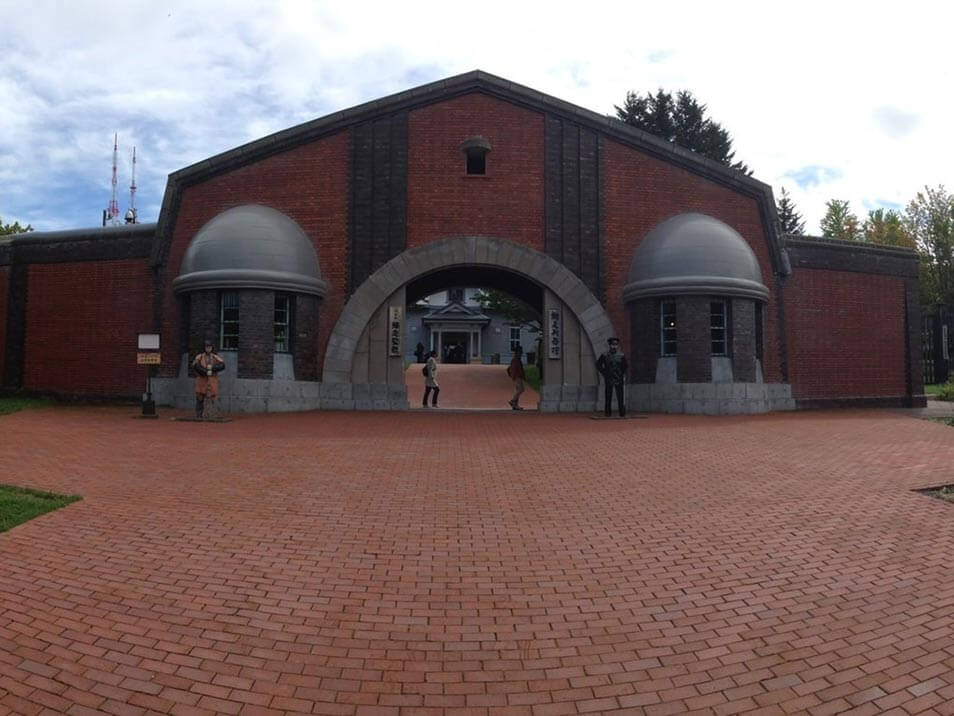
Prison Museum
Here you can learn the role of the prisoners in the modernization of Hokkaido after the government’s huge restoration in late 19th century.
-

Moyoro Shell Mound & Museum
This is where you can see actual pit dwellings and relics of the Okhotsk people 1300 years ago. They are said to be the roots of the indigenous Ainu people.
-
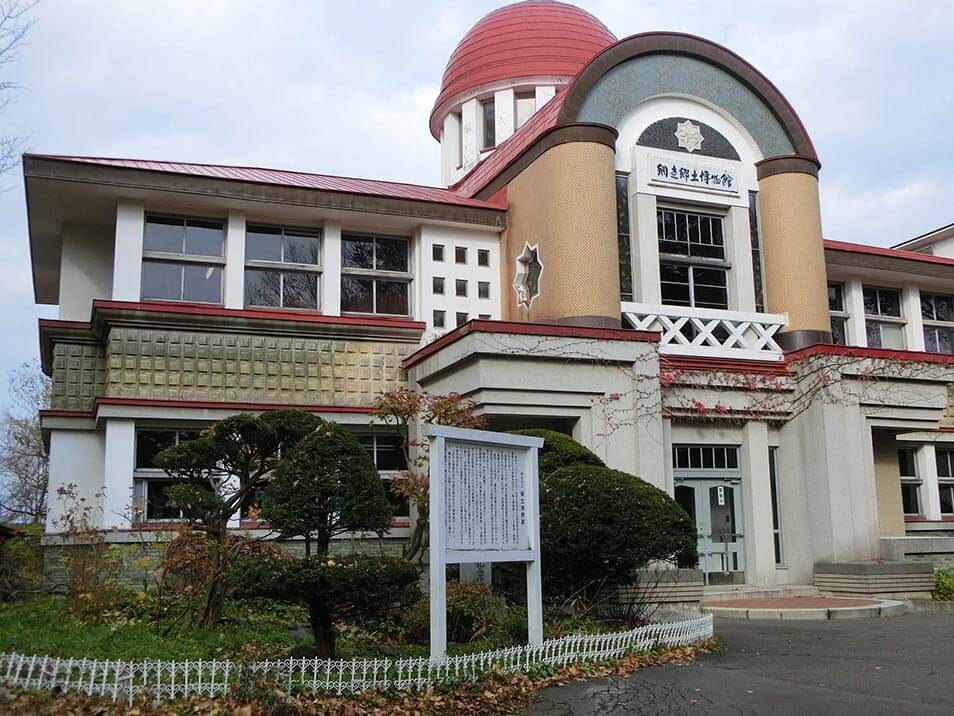
Local Museum & the Neighborhood
The Katsuragaoka Park, where the museum is located, is filled with monuments and relics that can tell you the story of Abashiri and how it prospered as it is today.
-

Historical Trails
This hill-like mound is a fort built by the indigenous Ainu people. Similar historical relics that go back to the prehistoric days are found here.
-

Chapeau Rock
This huge rock just outside the mouth of Abashiri River is the historical landmark where Abashiri got its original Ainu name “chi-pa-shi-ri”, meaning “where the sacred alter is set”.
-

Observatory at Mt. Tento
Mt. Tento literally means “beautiful enough to say that you’re at heaven’s capital”. Sure enough the view from the 207m hill overlooks the city and shows numerous different sights for every 4 season.
-
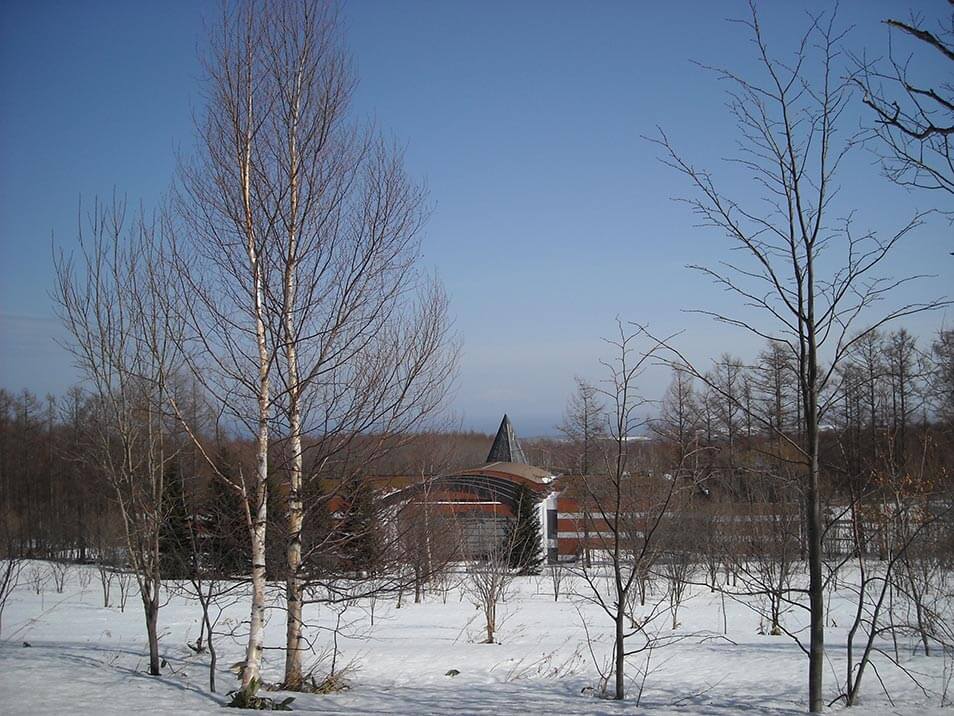
Museum of the Northern People
The museum showcases artifacts that explain the strong connection between the indigenous Ainu culture of Hokkaido and the northern people in the continent.
-
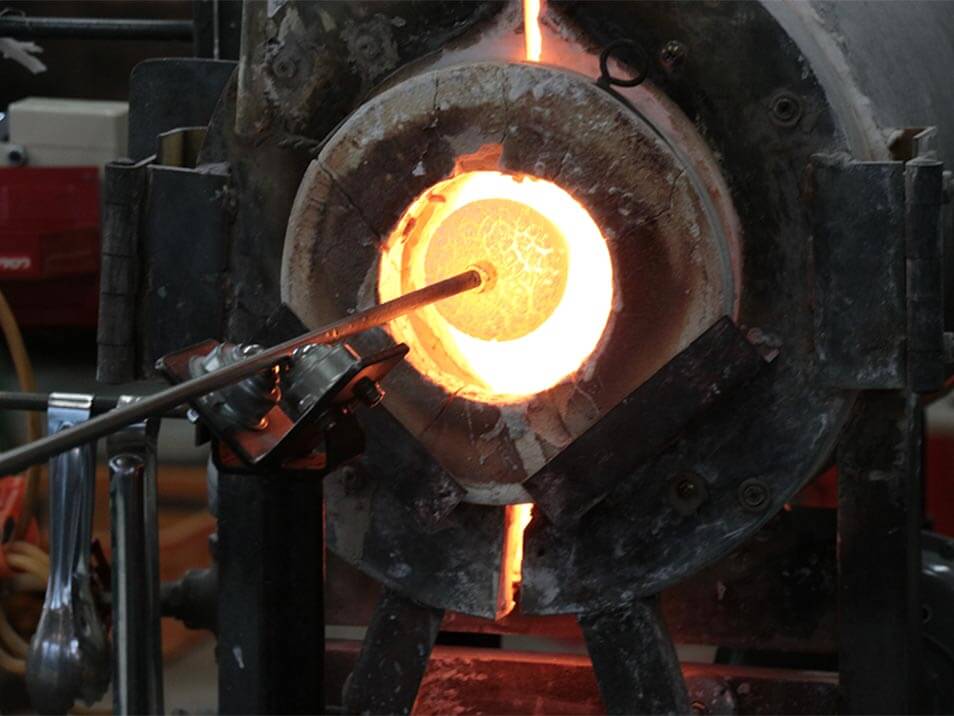
Glass Studio
New challenges by young artists to make glassware out of old fluorescent tubes and dry batteries.
-
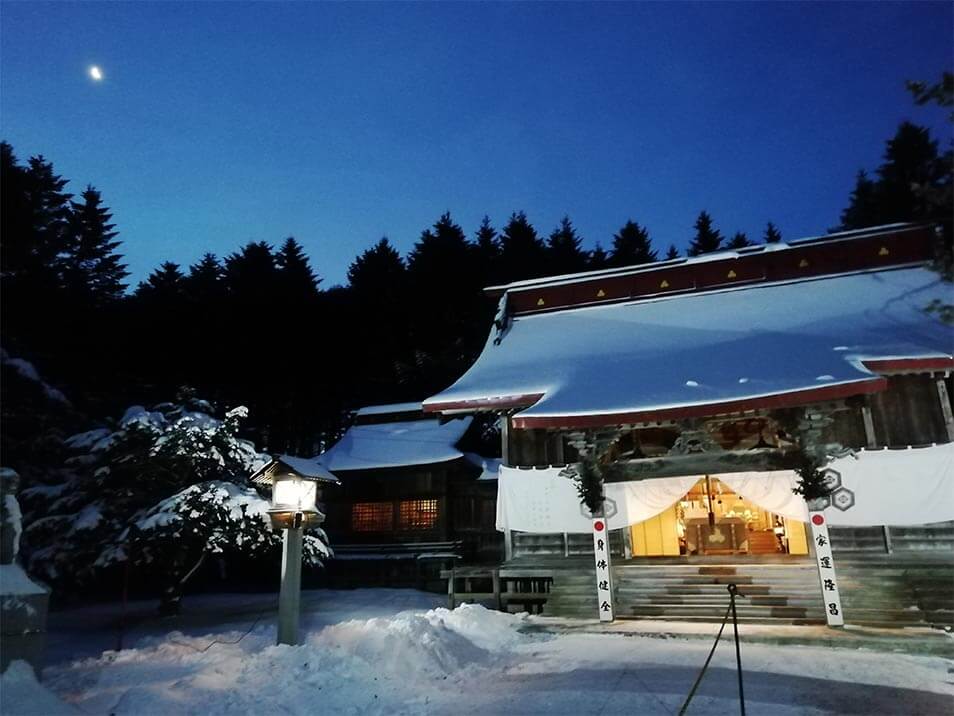
Abashiri Shrine
The main shrine in the area with a history that goes back to 1812.
-
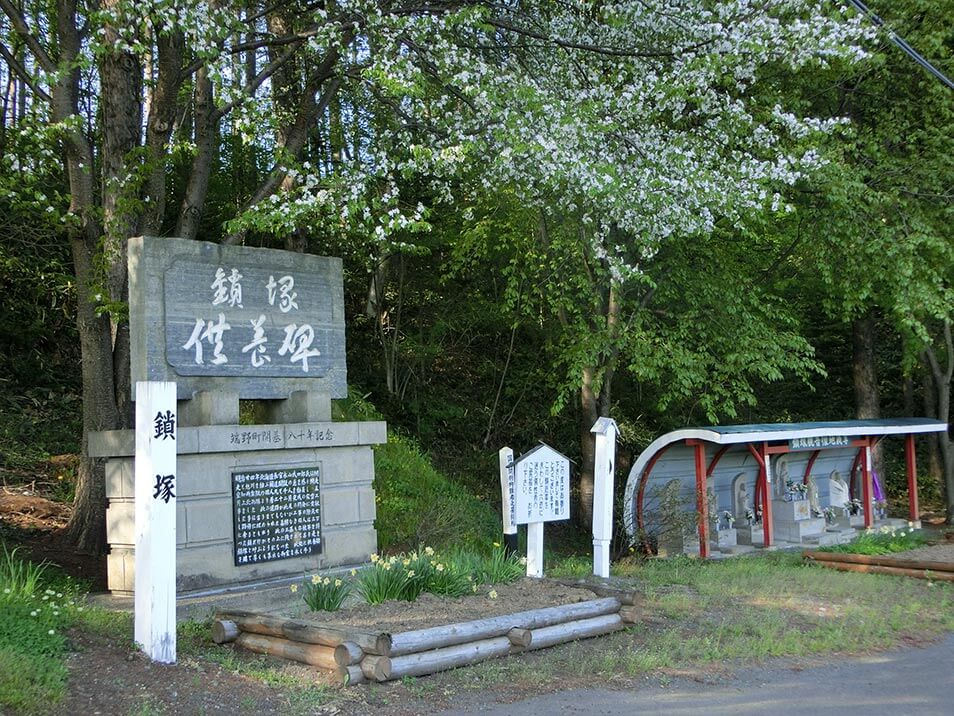
Kusarizuka
To remember the hardships of the prisoners in the pioneer days. The development of Hokkaido in the pioneer days owed a lot to the prisoners who built the main roads.
-

Ice Fishing
Ice fishing for smelt fish starts in early January to end of March at Lake Abashiri.
-
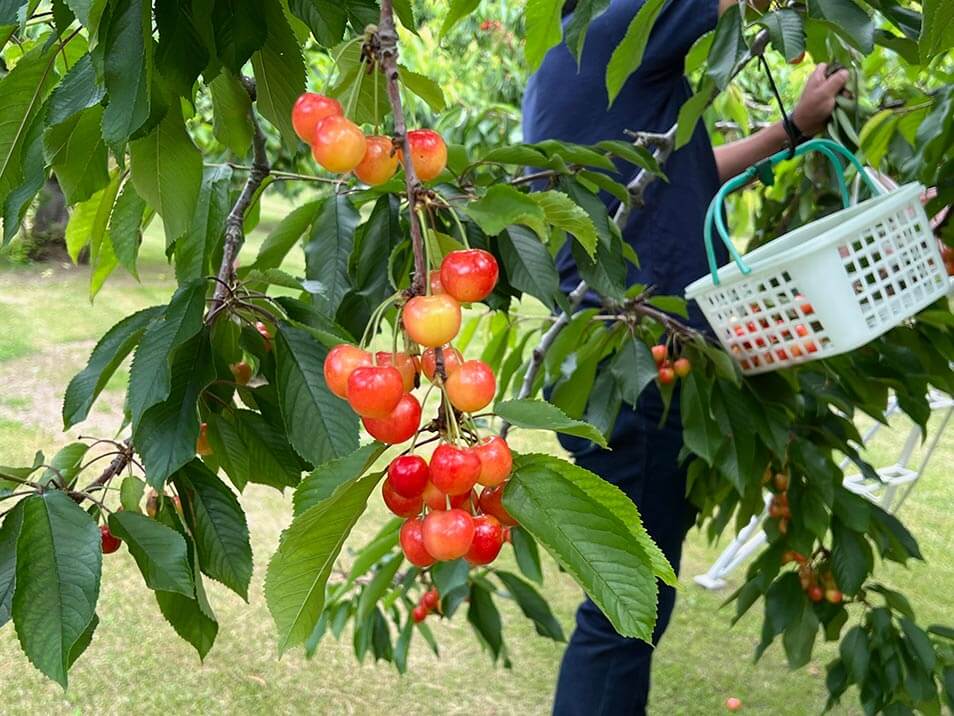
Fruits Picking
Fruits picking for strawberries, cherries, prunes, blueberries and hascup can be enjoyed at many orchards from early summer throughout the season.
-
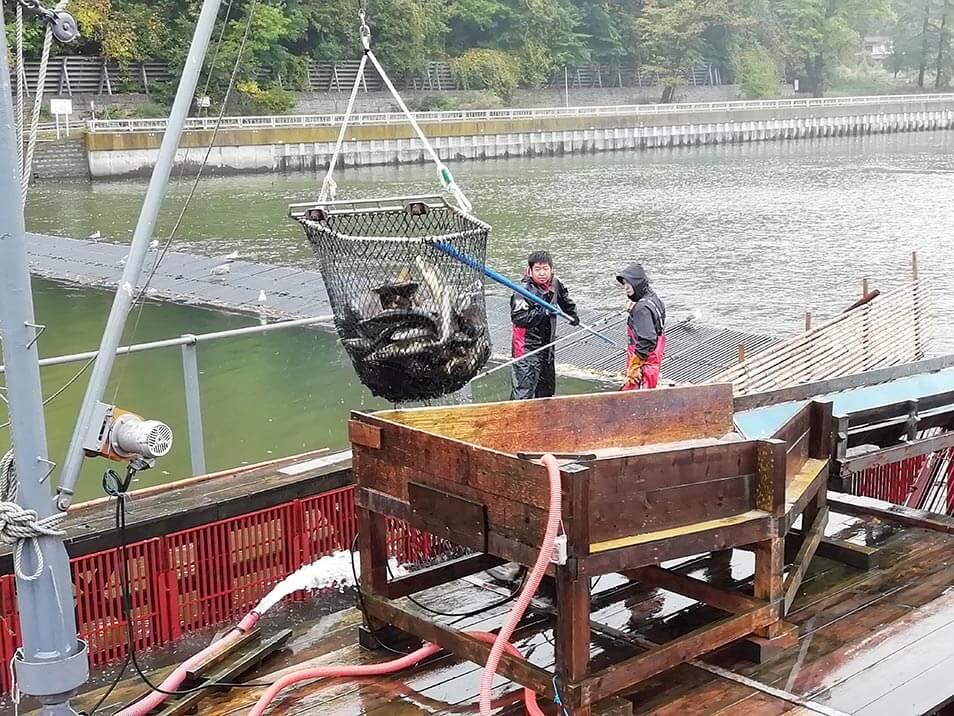
Fishing Industry
Abashiri started off as a small fishing village and fishing is still one of the major industries here with marine products such as scallop, cod and salmon.
-

Salmons
It’s the seasonal event to see the salmons swim up Abashiri River from the sea to spawn from early October. And when salmons come, the fishermen come, too!
-

Fields
Potato, wheat and sugar beets are the 3 main agricultural products of Abashiri. The fields form a beautiful rural scenery that’s worth a drive.
-
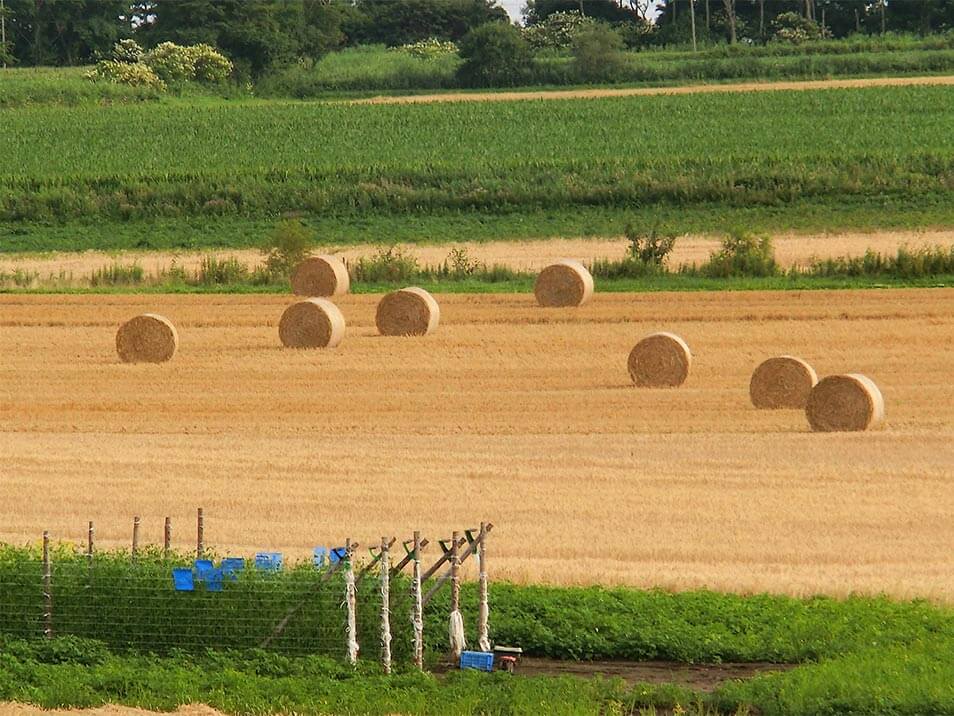
Wheat Harvest
Symbolic view of Abashiri in summer.
-

Glasswort Carpet
Lake Notoro has the country’s largest habitation of glassworts that (grow in saline environment and) turn bright red in early autumn.
-
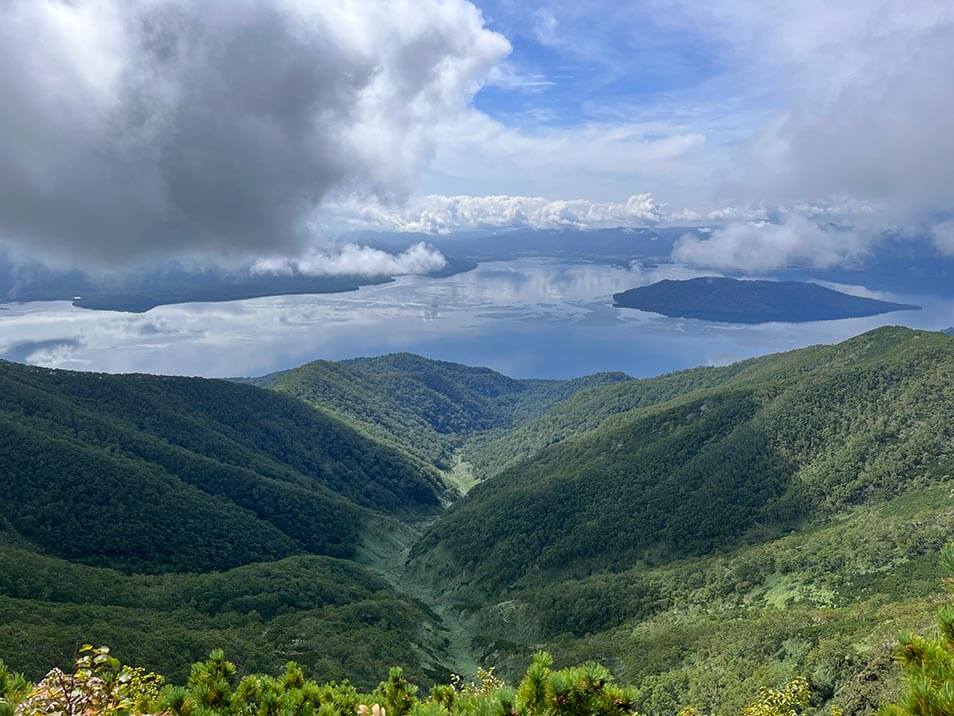
Lake Kussharo
Lake Kussharo, Japan’s largest crater lake, is located at the vicinity of Abashiri City. The view from Mt. Mokoto area is breathtaking.
-
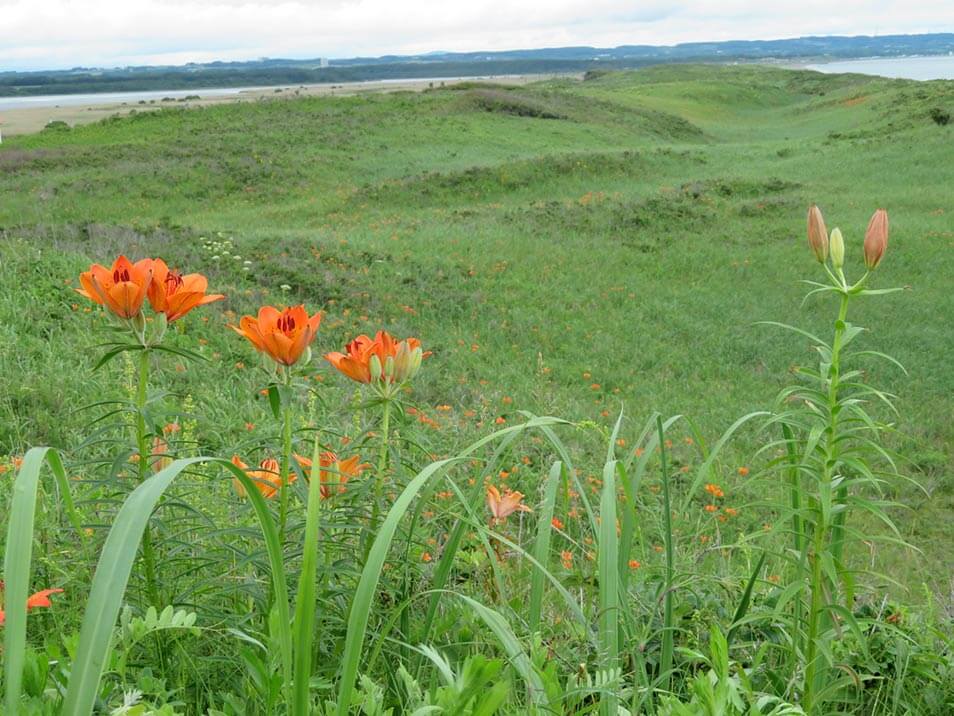
Alpine Flowers
Because of the high latitude (44°N), alpine flowers are seen even at low plains in Abashiri. There are many Wild Flower Preserves in the neighborhood to enjoy them.
-

Wild Life
From brown bears to Siberian chipmunks, we live close to these wild animals. We have to be extra cautious for their and our own safety.
-
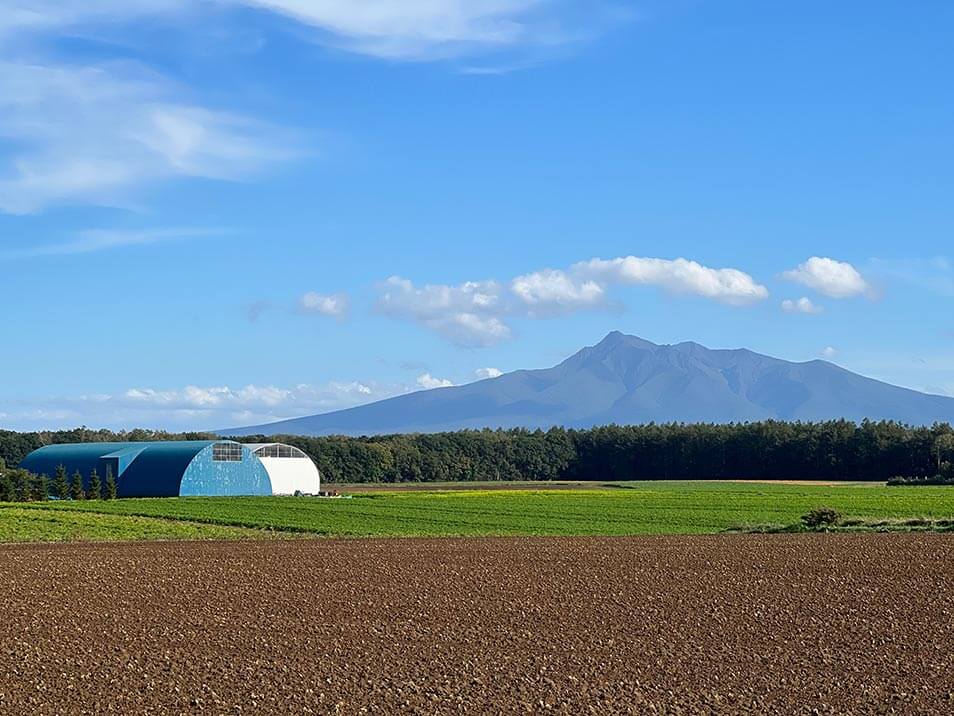
Mt. Shari
Mt. Shari, which is one of the 100 Most Beautiful Mountains in Japan, is a majestic landmark that looks over the fruited plains.
-
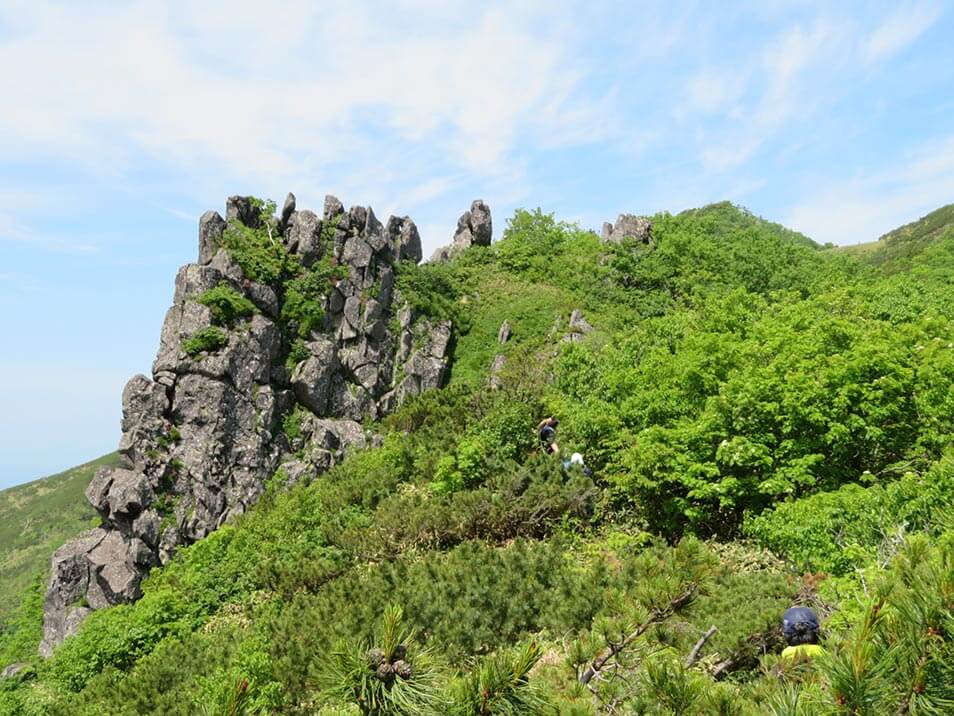
Mt. Mokoto
This comparatively low mountain of only 1,000m overlooking Lake Kussharo is a popular hiking course for all mountain lovers including kids.
-

Volcanic Geography
Founded on a volcanic structure, Abashiri has many column-shaped cracks in stones called the "columnar joints".
-

Notoro Area
It’s my favorite place in Abashiri. Located around Lake Notoro, an open lake to Okhotsk Sea, the coast is lined with green fields forming a beautiful color combination with the deep blue ocean. Surrounded by woods and water, it’s great place to go driving.
-
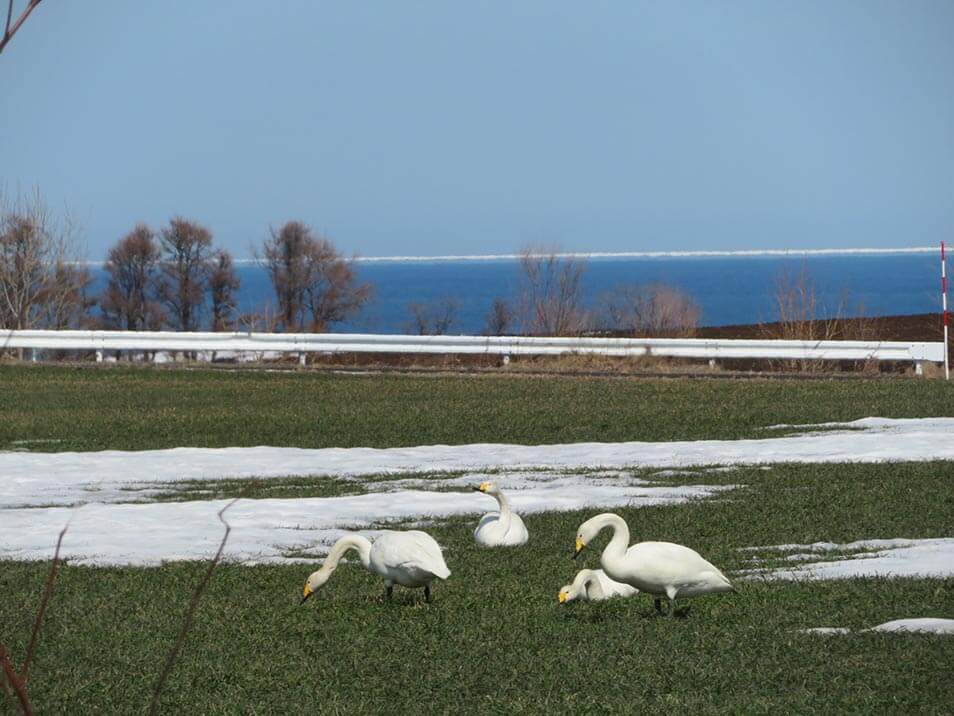
Wild Birds
Steller’s sea eagles, white-tail eagles, cranes, whooper swans, grey herons are just some of the many wild birds you can see in Abashiri.
-

Drift Ice
The drift ice which Abashiri is so famous for comes to the shores in early February and stays till mid-March depending on the year’s climate. There’s a cruiser boat for closer observation of the ice and a museum to visit if you’re interested in its mechanism.
-
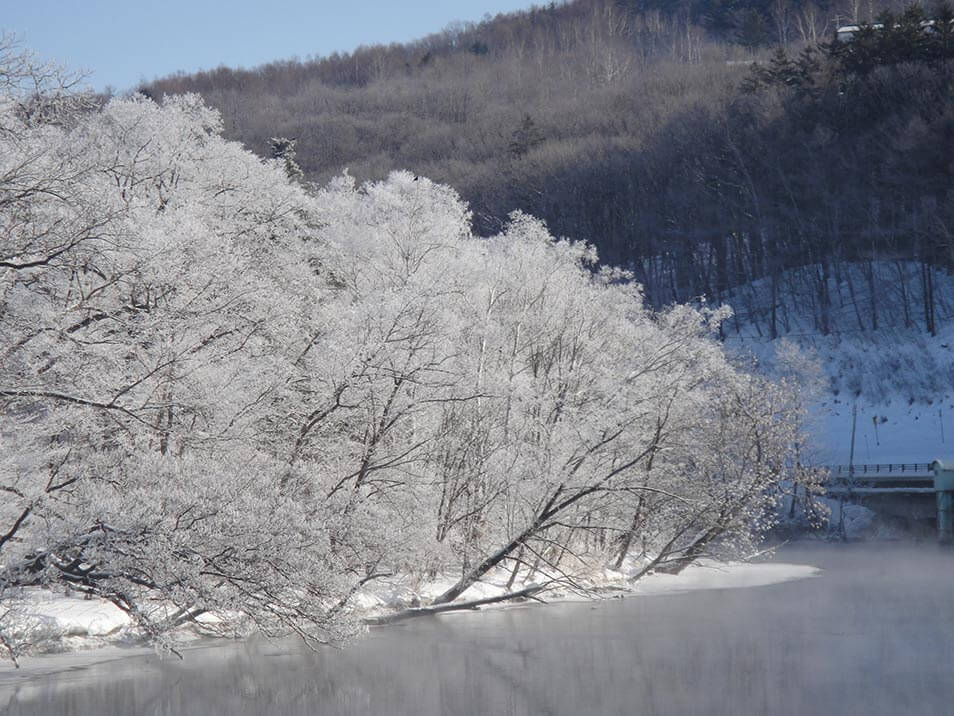
Fog Ice
When the temperature drops at night after a warm day, the steam rises from the ground and freezes into ice crystals. A very mystic sight at early winter morning.
-
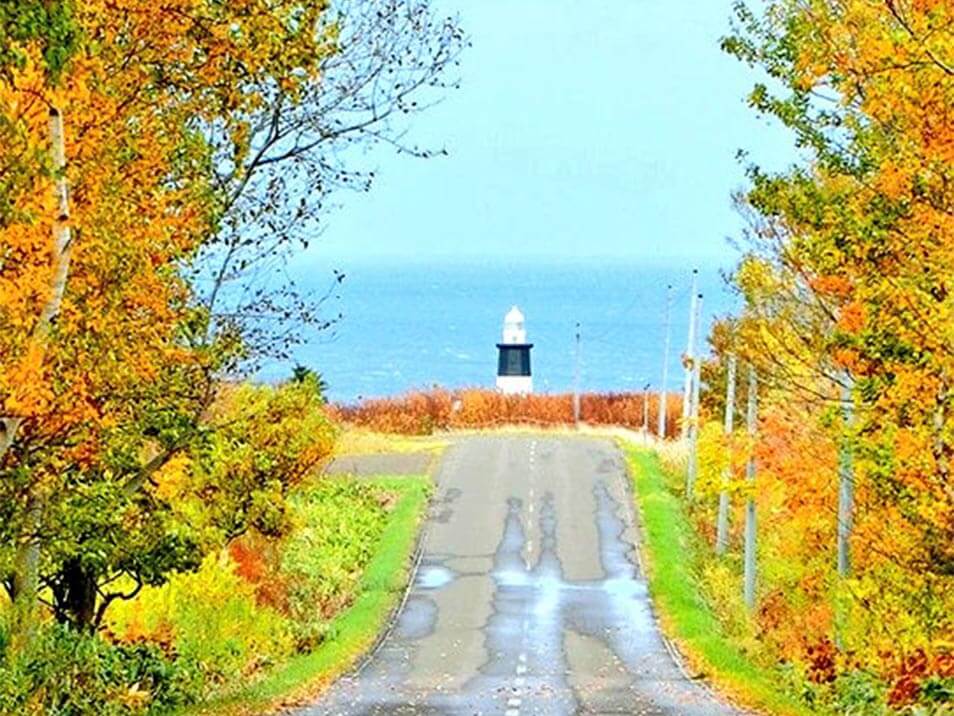
Foliage
Since there are much more coniferous trees in Hokkaido, the foliage is more yellowish than bright red as you see in mainland Japan.
-

Sakura Cherry Blossoms
Here in Abashiri, sakura blossoms in mid May – nearly 2 months later than Tokyo.
